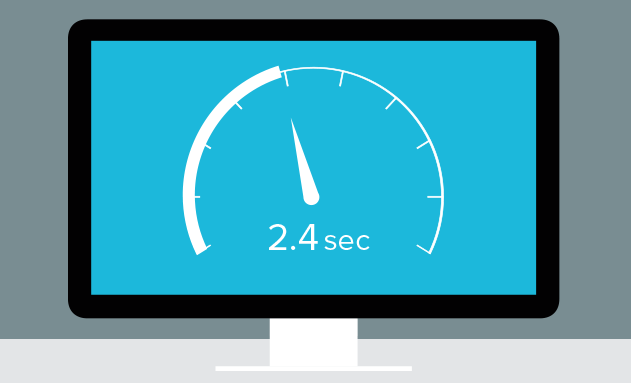on
Without a doubt, the world that we live in is
becoming more tech-savvy day after day. For this reason, you want to make your
online business stand out from the competitors. To stay on top of your game,
we’ve compiled this list of 4 things you can do to make your site more
appealing, interesting, and engaging to your target audience.
Creating an interactive webpage gives you
several ways to deliver the content of your site. It gives viewers a
personalized experience that goes beyond the usual browsing and viewing. As
business owners, you will also be able to use this as a marketing tool which we
will explain down below.
Users are more likely to come back,
recommend, or make a purchase on your site if they find it engaging. Here are 4
ways you can increase the traffic to your site and increase user engagement.
Social Media
Almost everyone you know – including yourself
– has some form of social media presence. Whether it’s on Facebook, Instagram,
or Twitter, you can’t deny the fact that in the past decade or so, there has
been a huge explosion of social media platforms.
While Instagram or Facebook is a great way to
connect with friends and family, they are also ways to know what’s going on
around the world. These platforms keep users up to date and have become a great
way for businesses to share their brand.
Incorporating links to your social media
accounts on your websites is a great way to engage your audience because they
can learn more about your company on a platform they use on a regular basis.
They have the option of liking, following your account, or sharing content
which is all beneficial to you and your brand.
Quizzes, Surveys, and Polls
These are all fun ways to engage your viewers
while receiving positive feedback. You, of course, want these surveys or
quizzes to be relevant to your brand. For example, if you are a home renovation
company, perhaps post a quiz named, “Is It Time for A Home Makeover?”
As for surveys and polls, ask simple
questions to get an idea of what your customers are looking for. It’s also a
great way to see what’s trending and get insight into the wants of your
viewers. All this information is beneficial to you and engaging to your
audience!
User-Generated Content
Customers love it when they can see their
content posted within a website. This is a great way to make them happy, your
site more interactive, and bring overall positive results. This is a great
strategy to improve user engagement and give users a chance to speak their
minds.
You can incorporate user-generated content
through comment features on articles, forums, and discussion boards. These are
all great ways to generate content and engage your viewers. Not only this, but
you can also get to know what your customers want and use this to your advantage.
Feedback, Ratings, Reviews
Before buying a product or service, many
consumers like to read reviews and ratings from previous clients. This helps
convince them that they are making an informed purchase and make them more
likely to buy your product.
Have a section on your site where customers
can leave their feedback. This is also a great way for you to improve your
work, see where issues lie and learn about what your target audience
likes/dislikes.
Conclusion
These are all great ways to create a more
engaging site and stay ahead of the competition. If you are not tech savvy or have
no idea where to start with implementing these ideas,considerhiring a
marketing, web design and SEO team to increase traffic to your site and build a
strong, interactive website.
BCC Interactive Philadelphia SEO Agency is a great resource to have
when looking to drive more traffic and leads to your site. Consequently, you
will begin to see an increased revenue as your business grows to its fullest
potential. Best of luck!













